A Russian flotilla — including a modern nuclear-powered cruise missile submarine — is bound for Cuba for a rare deployment. Cuban officials state that none of the Russian Navy vessels headed toward the Caribbean will be carrying nuclear weapons, in an apparent effort to reduce tensions between Moscow and Washington, but the development once again reinforces renewed Russian interest in the operations in the wider region.
In a statement yesterday, Cuba’s Ministry of the Revolutionary Armed Forces confirmed that the advanced Yasen-M class nuclear-powered cruise missile submarine Kazan and three other Russian naval vessels, including the Project 22350 frigate Admiral Gorshkov, the oil tanker Pashin, and the salvage tug Nikolai Chiker will dock in the Cuban capital from June 12-17.
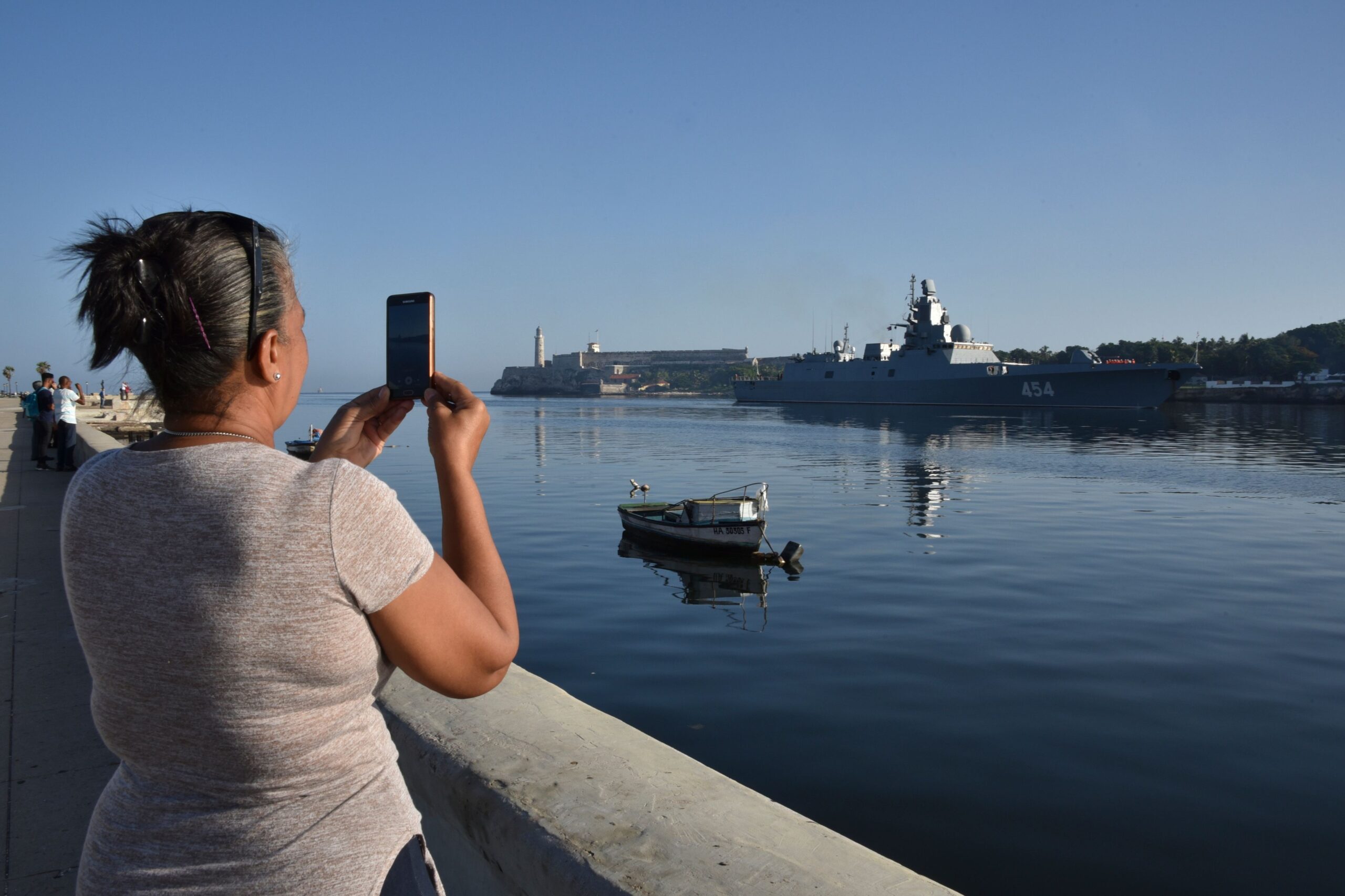
“None of the vessels is carrying nuclear weapons, so their stopover in our country does not represent a threat to the region,” the ministry said.
“Visits by naval units from other countries are a historical practice of the revolutionary government with nations that maintain relations of friendship and collaboration,” the statement added.
The day before, U.S. officials said that they expected Russian warships and aircraft to arrive in the Caribbean for a military exercise that they said would be part of a Moscow’s broader response to American support for Ukraine. In particular, President Joe Biden’s decision to allow Ukraine to use U.S.-provided weapons to strike inside Russia has angered the Kremlin.

“As part of Russia’s regular military exercises, we anticipate that this summer, Russia will conduct heightened naval and air activity near the United States. These actions will culminate in a global Russian naval exercise this fall,” a U.S. official said.
The same official said that the Russian deployment was not seen as threatening but confirmed the U.S. Navy will monitor the maneuvers.
“We are not concerned by Russia’s deployments, which pose no direct threat to the United States,” the official said. “This is about Russia showing that it’s still capable of some level of global power projection.”
The Russian flotilla may be small in size overall, but it’s also larger than previous such deployments. Last July, for example, the Russian Navy sent the training class ship Perekop into Havana for a four-day visit.

Significant, too, is the fact that the Kazan and the Admiral Gorshkov are notably modern and capable assets.
Both the Kazan and the Admiral Gorshkov are equipped with vertical launch system silos that can accommodate Kalibr long-range cruise missiles, which can be used for anti-ship strike and land attack, as well as Oniks supersonic anti-ship cruise missiles. Additionally, the Admiral Gorshkov was the first Russian Navy warship to operationally deploy with the new Zircon hypersonic cruise missiles, at least according to official Russian claims.
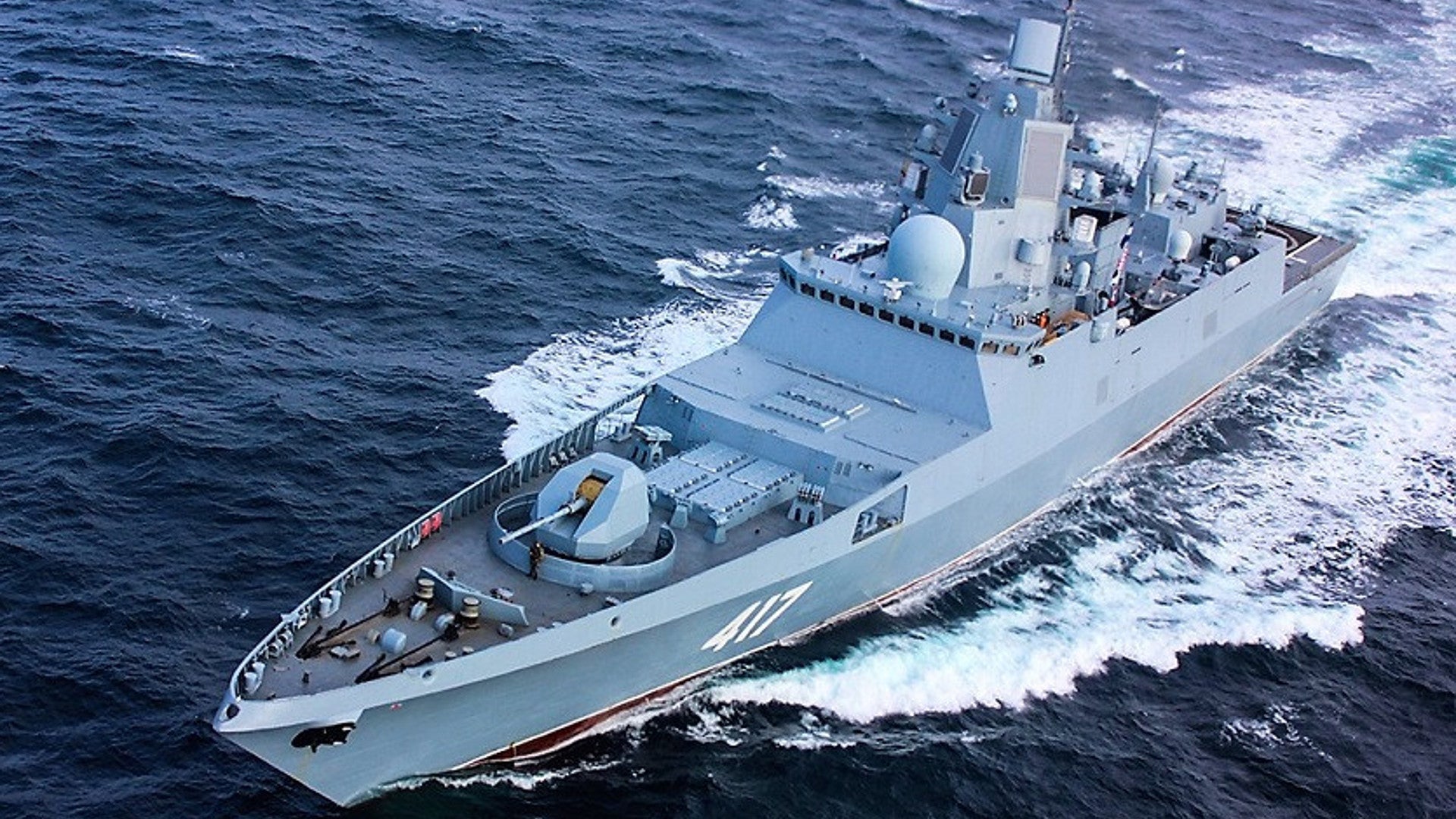
Unlike previous-generation Russian SSGNs, the Yasen class — and espeically the advanced Yasen-Ms — are far more versatile than just cruise missile platforms, able to operate as general-purpose attack boats as well as intelligence gatherers and potentially as special missions platforms.
A measure of the capability of these submarines was provided by U.S. Air Force General Glen VanHerck, the head of U.S. Northern Command and the U.S.-Canadian North American Aerospace Defense Command, who described the Yasen boats as being nearly on a par with U.S. Navy types in terms of quietness. He added that this growing class of submarines will soon present a persistent threat to the American homeland unlike any before.
While U.S. and Cuban authorities are downplaying the Russian deployment, in terms of the threat that it poses, Moscow has warned that it could take “asymmetrical steps” elsewhere in the world in response to Washington’s backing of Ukraine. In particular, President Vladimir Putin has said that Russia could supply long-range weapons to “regions” around the world where they could be used for strikes against Western targets. You can read our reporting on this development here.
One such region could well be Cuba, based on the historically close relationship between Havana and Moscow.
Last month, Putin hosted Cuban President Miguel Diaz-Canel during the annual May 9 Victory Day military parade on Red Square. In general, ties between Diaz-Canel and Putin have become deeper since the start of Russia’s full-scale invasion of Ukraine.
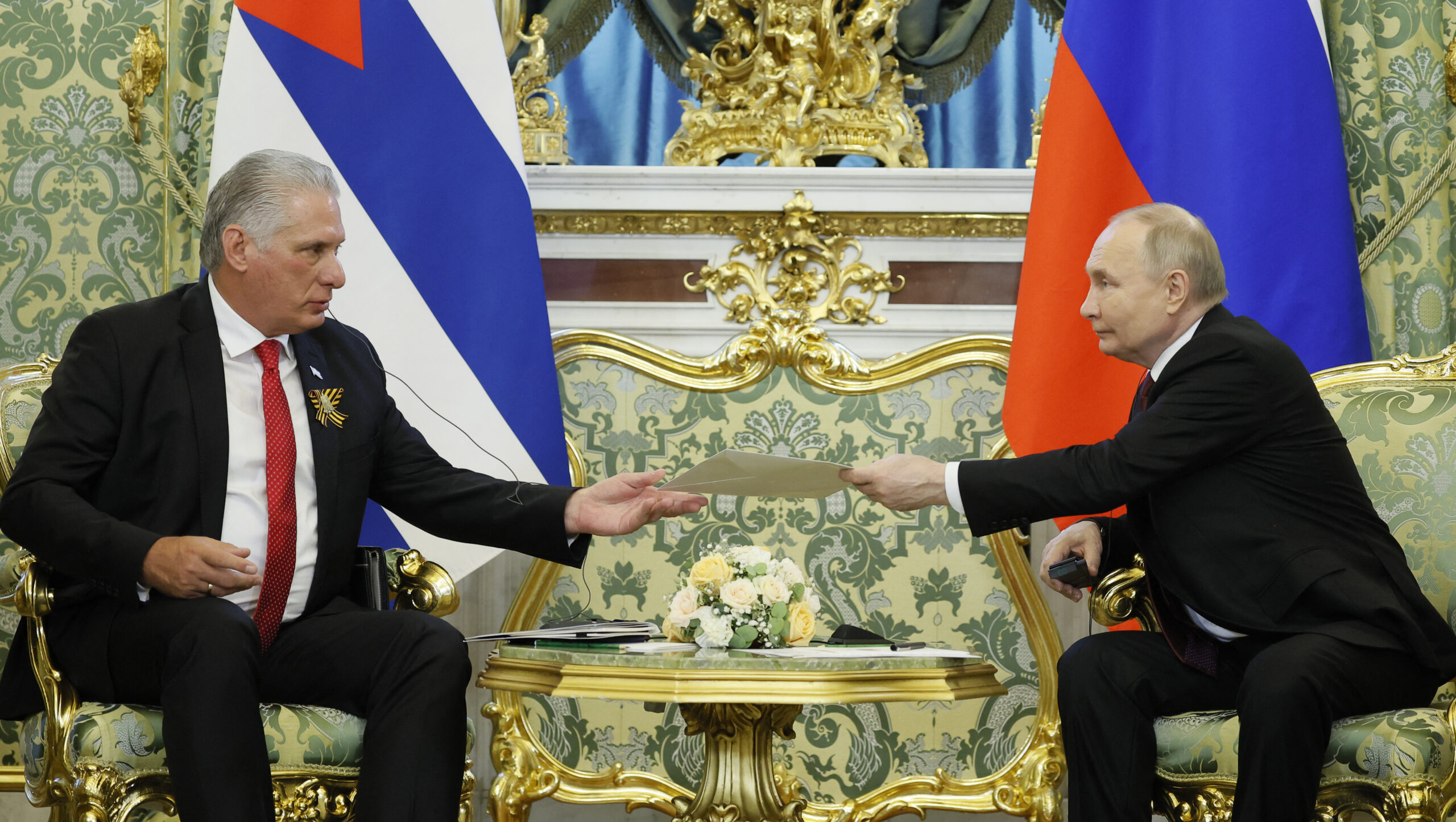
In Soviet times, Cuba was an important ally of Moscow and deployments by Russian Navy flotillas as well as long-range maritime patrol aircraft were commonplace. The deployment of Soviet nuclear weapons on the island triggered the Cuban Missile Crisis of 1962.
More recently, Venezuela has also enjoyed close relations with Moscow, including on a military level. Earlier this week, a senior U.S. official suggested that the current Russian Navy deployment might also include a port call in Venezuela.

“We are expecting that Russia will temporarily send combat naval vessels to the Caribbean region and these ships will likely conduct port calls in Cuba and possibly Venezuela. There may also be some aircraft deployments or flights in the region,” the official said.
Also notable, perhaps, is the fact that the U.S. Coast Guard just released official photos showing operations involving the U.S. Coast Guard Legend class cutter Stone (WMSL-758) in the Atlantic Ocean, including working alongside the Arleigh Burke class destroyers USS Truxtun (DDG-103) and USS Donald Cook (DDG-75). The Stone is also seen during maneuvers with the Canadian Halifax class frigate HMCS Ville de Québec (FFH-332).
The photos, taken aboard the cutter Stone, date from between June 3 and June 6 in the 2nd Fleet area of operations and document what are described as “maritime stability and security operations in the region.”
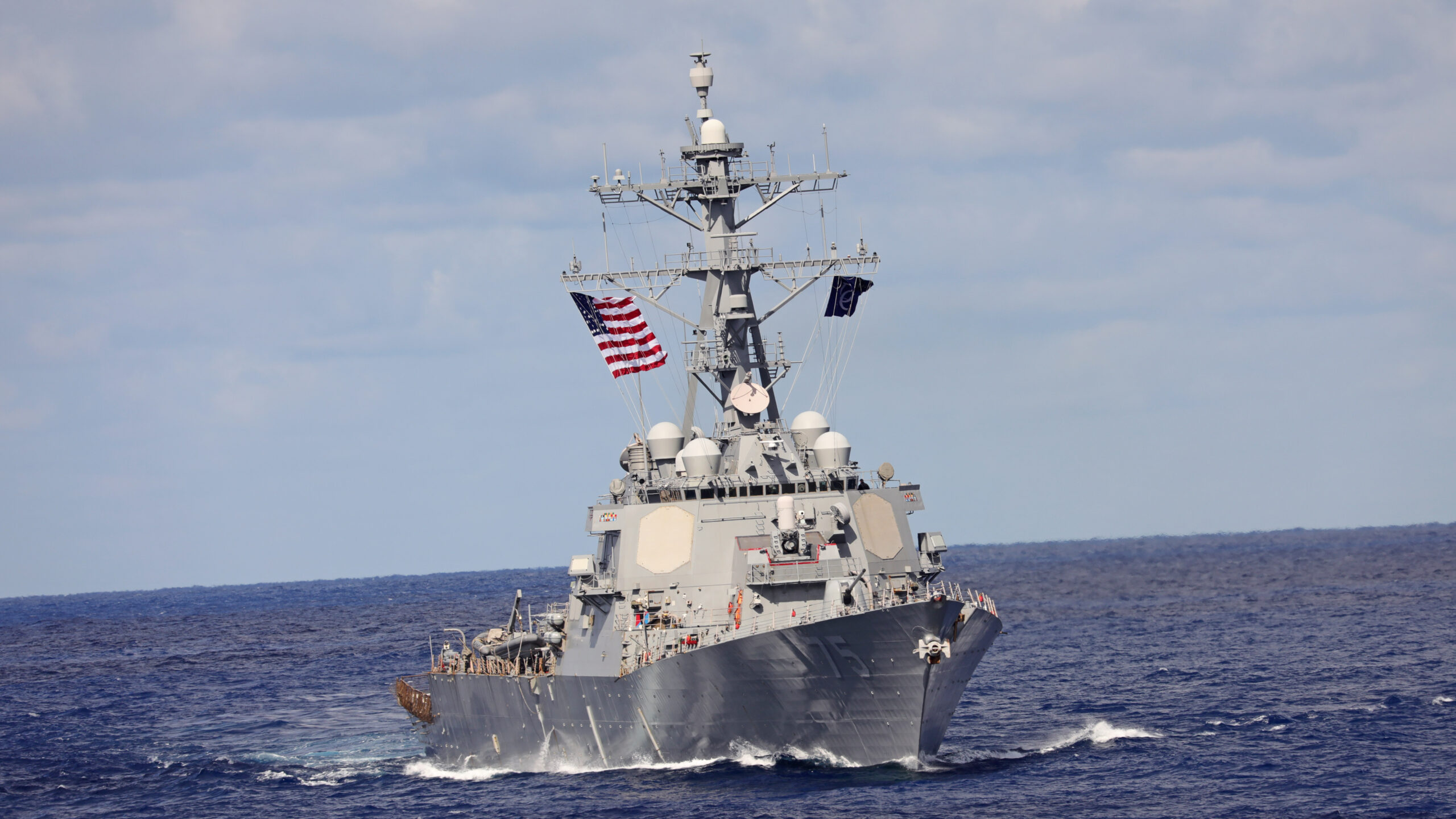
While there’s nothing to suggest the operations are specifically related to the upcoming Russian Navy deployment, the timing of their release, at least, is interesting, with the Russian flotilla due to visit Havana next week. Clearly, the Pentagon is monitoring the situation and some kind of response is to be expected.
The U.S. Navy 2nd Fleet was specifically established in response to the renewed threat posed by the Russian Navy in the Atlantic, especially from new-generation submarines, something that we have discussed in detail in the past.
“We should expect more of this activity going forward, although we note these deployments incur a cost on the Russian Navy, which is struggling to maintain readiness and conduct deployments with an aged fleet,” the U.S. official said of the upcoming Russian visit to Cuba.
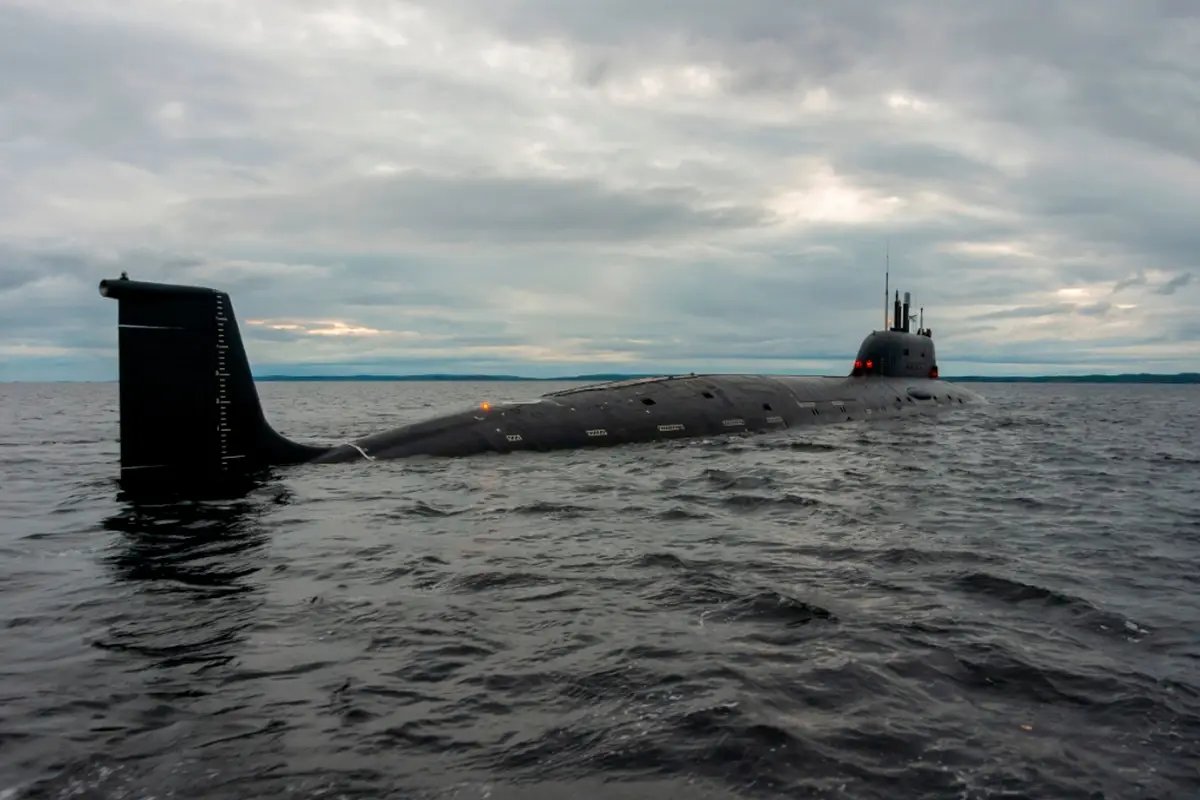
This last point is an important one and it remains to be seen whether Russia will scale back its future deployments to the Caribbean or whether the current one is indicative of a new and more robust posture.
Whatever the case, the United States will keep a close eye on the movements of the Russian vessels, as well as any other additional military activities, which could involve more extensive drills in the Caribbean region.
Contact the author: thomas@thewarzone.com
